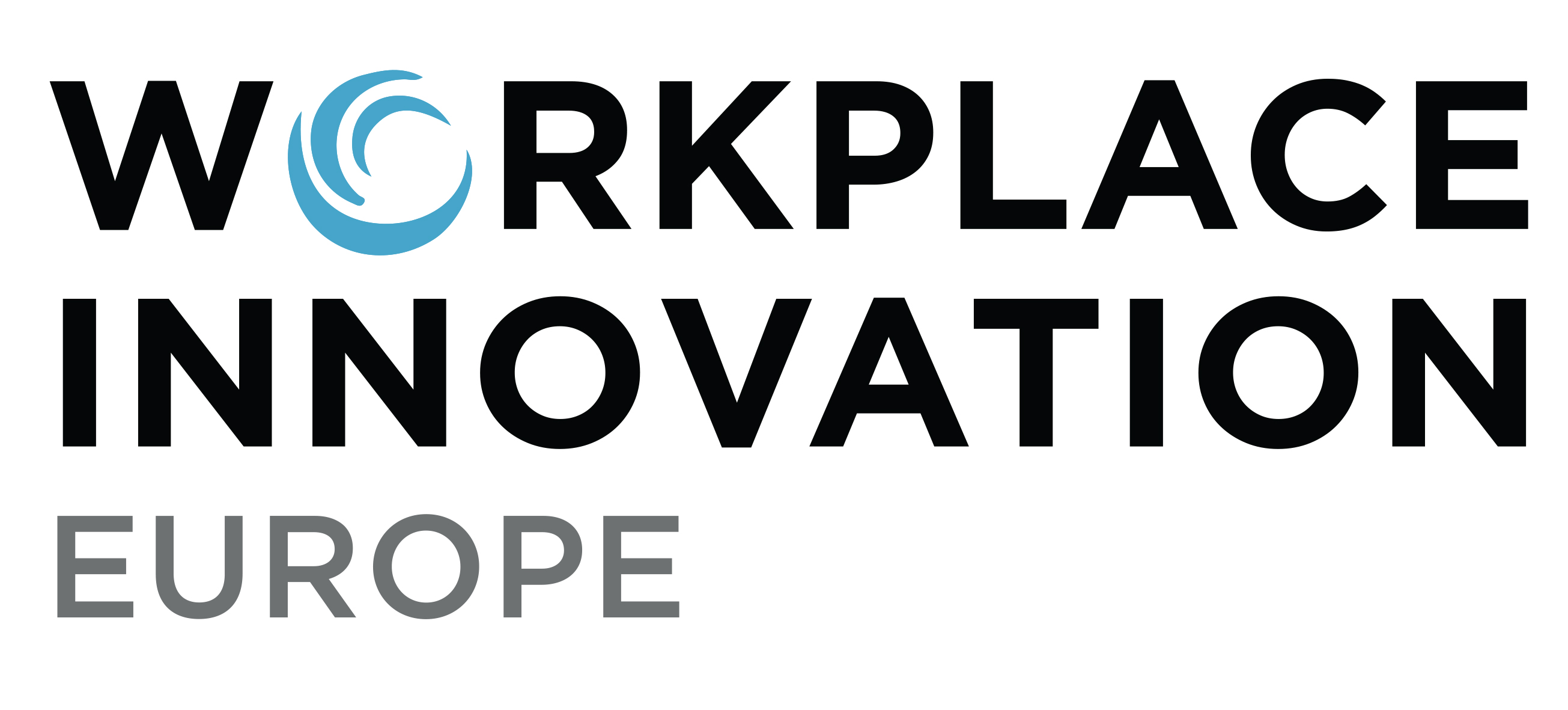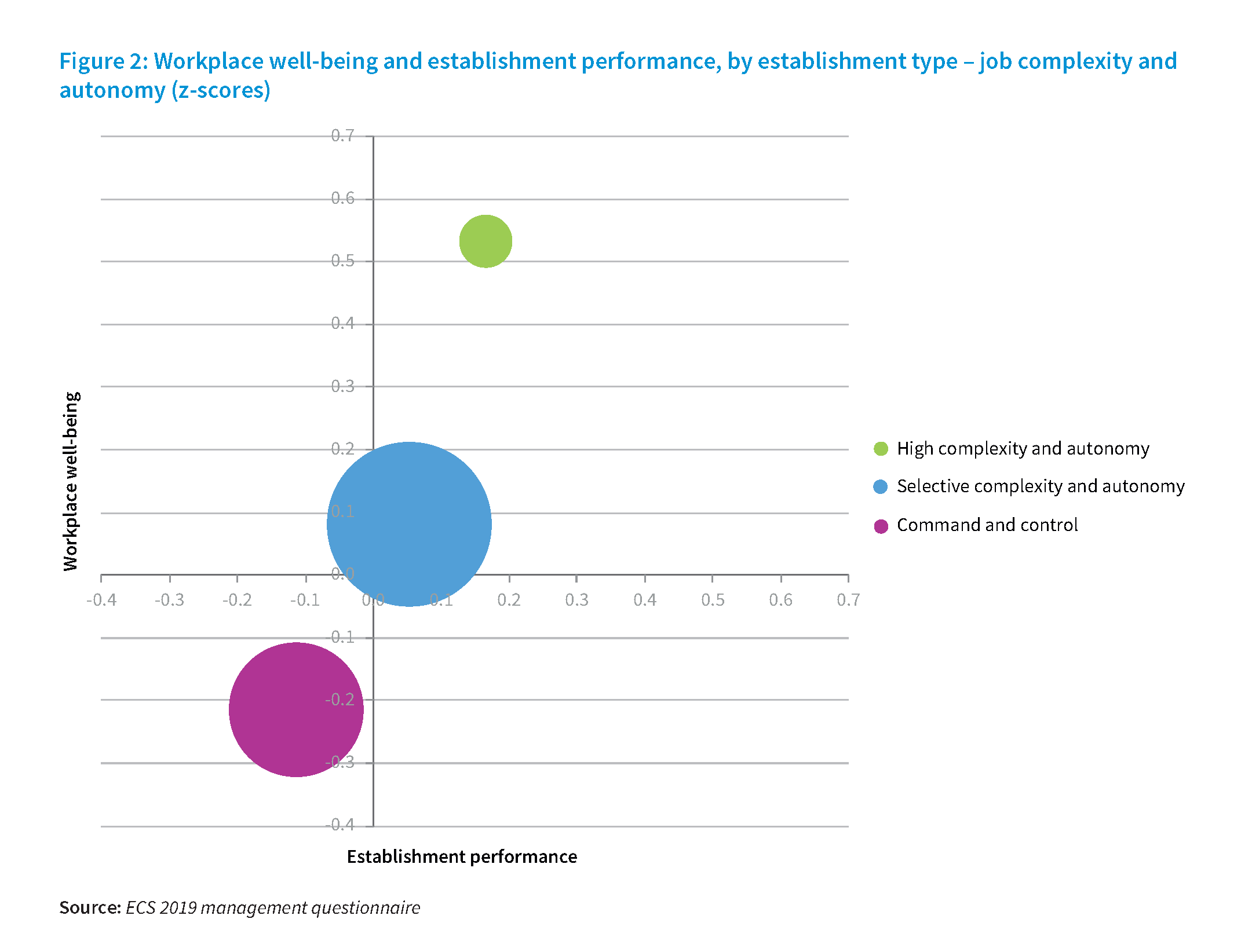The UK’s Productivity Challenge: what it means for companies

Dr Peter Totterdill
Co-Director Workplace Innovation Europe
Concern with the ‘British disease’ of poor productivity and an economy based on low wages and low skills has hit the headlines at regular intervals since the 1930s, though seemingly without reaching lasting solutions. The 2008 financial crisis, amplified by the challenges brought about by Brexit, are just the most recent stimuli for reviving this long standing anxiety.
Governments are generally at a loss in understanding what to do about the problem. Former Conservative Chancellor Philip Hammond argued that “In the real world, it takes a German worker four days to produce what we make in five; which means, in turn, that too many British workers work longer hours for lower pay than their counterparts.” Yet his budget resorted to simple headline solutions – such as roadbuilding to reduce the time employees spend in traffic jams – which, whilst arguably useful in their own right, fail to get close to the root of the problem.
So what are the facts – and why should they concern business?
Firstly, we know from evidence and experience that the way we design jobs and organisations makes a real difference, both to business performance and to employee well-being. Successive studies found that companies which allow employees high levels of trust and discretion over how they work, enable them to work in self-organised teams, and to contribute frequently to innovation and improvement, are more productive (+20-60%), show a much lower rate of personnel turnover, and experience a lower rate of absence due to illness compared with traditionally organised businesses. They are also more resilient against shocks and an increasingly volatile business environment – as evidence from the COVID pandemic has repeatedly shown.
Bringing the evidence up to date, the 2019 European Company Survey of 20,000 workplaces offers a clear message:
The small green circle represents companies that are systematically using working practices based on trust and empowerment – and as you can see, they score particularly well on both performance and employee well-being. The ‘Command and Control’ companies represented by the purple circle score badly on both axes. The blue circle represents the ‘long tail’ of those on the way to building enabling workplace cultures – faring better than the ‘Command and Control’ counterparts but still with a considerable distance to travel.
And here’s the challenge. Only around 10% of UK companies are in the green circle – and its clear that if we could just double this percentage, it would have an enormous impact on productivity as well as workforce health and well-being.
How can companies close the gap?
The levers available to help companies achieve the sought-after synergy between high performance and employee well-being are well understood – both through research evidence and through the practical experiences of companies in that top 10%. In short, as our own international research shows, it means focusing on those specific workplace practices which enable employees “to develop and use their competencies and creative potential to the fullest extent, thereby enhancing the company’s capacity for innovation and competitiveness while enhancing quality of working life.”
We’ve developed a unique portfolio of resources and practical support to help companies close the gap. The Workplace Innovation Diagnostic® identifies specific opportunities for transforming workplace practices, organisational structures, and leadership roles and behaviours, while our suite of development programmes provides change leaders with the knowledge, skills and practical support they need to deliver sustainable transformation. Our Fresh Thinking Labs platform also enables business leaders and managers to share good practices and address tricky problems together. Of course we also offer bespoke support from our highly experienced team to match the precise needs of your organisation – and you as a business leader.



